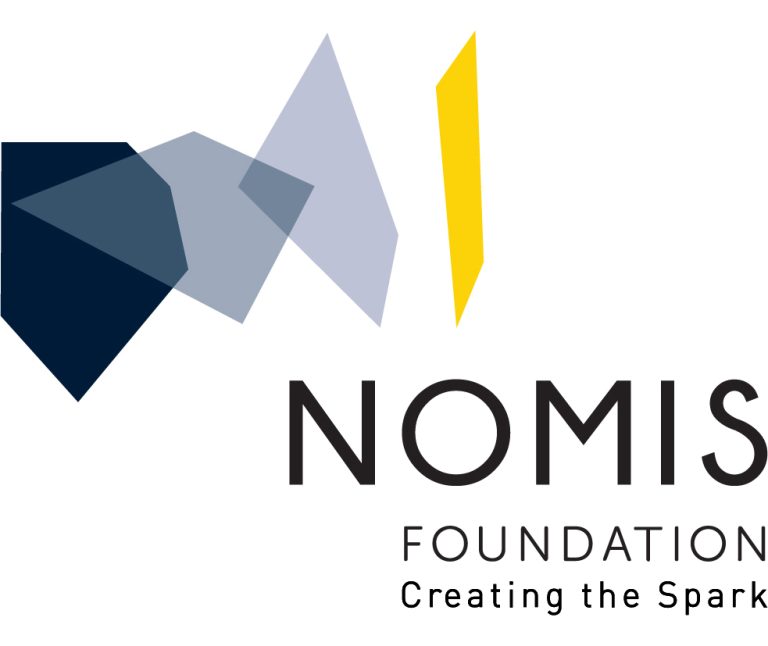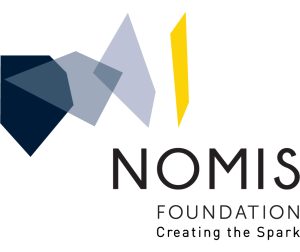Expression of exon-specific isoforms from alternatively spliced mRNA is a fundamental mechanism that substantially expands the proteome of a cell. However, conventional methods to assess alternative splicing are either consumptive and work-intensive or do not quantify isoform expression longitudinally at the protein level. Here, we therefore developed an exon-specific isoform expression reporter system (EXSISERS), which non-invasively reports the translation of exon-containing isoforms of endogenous genes by scarlessly excising reporter proteins from the nascent polypeptide chain through highly efficient, intein-mediated protein splicing. We applied EXSISERS to quantify the inclusion of the disease-associated exon 10 in microtubule-associated protein tau (MAPT) in patient-derived induced pluripotent stem cells and screened Cas13-based RNA-targeting effectors for isoform specificity. We also coupled cell survival to the inclusion of exon 18b of FOXP1, which is involved in maintaining pluripotency of embryonic stem cells, and confirmed that MBNL1 is a dominant factor for exon 18b exclusion. EXSISERS enables non-disruptive and multimodal monitoring of exon-specific isoform expression with high sensitivity and cellular resolution, and empowers high-throughput screening of exon-specific therapeutic interventions.














